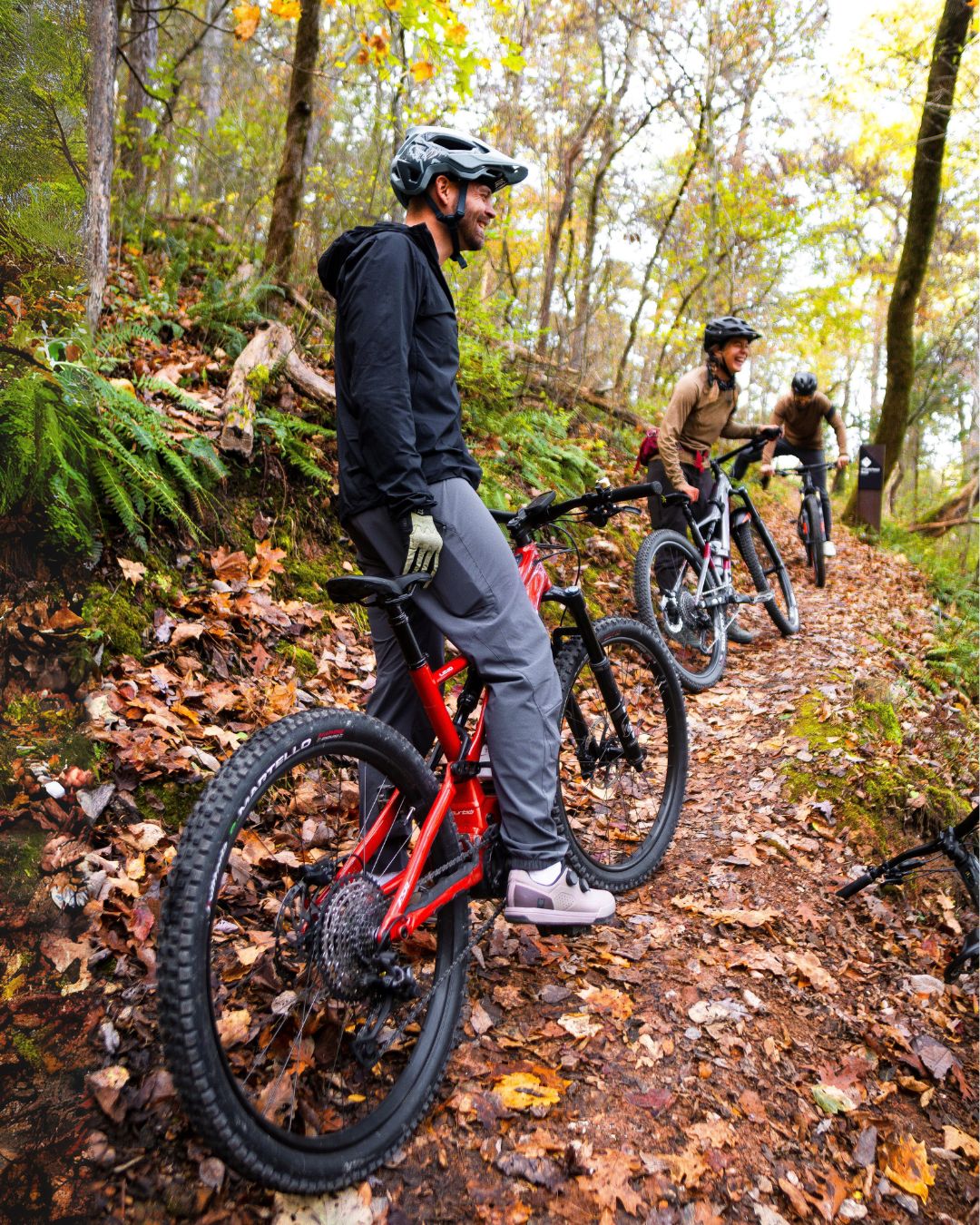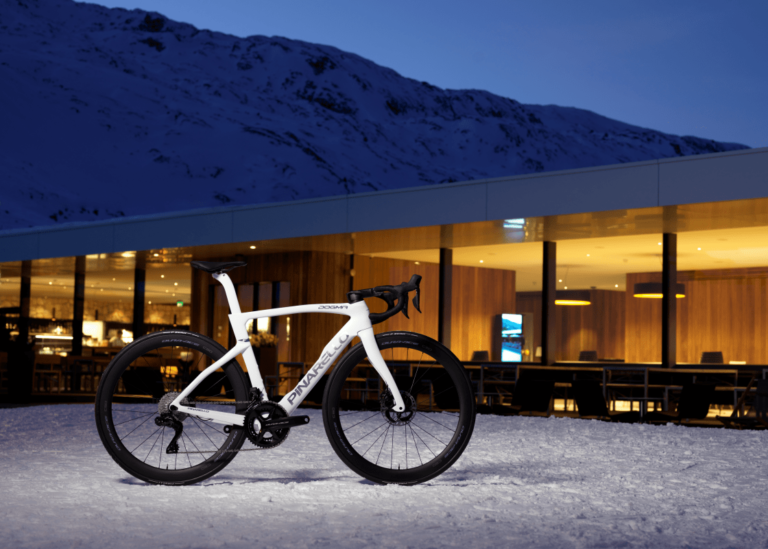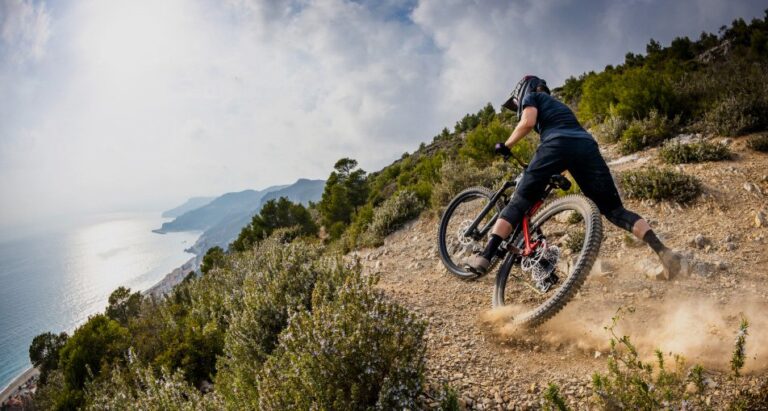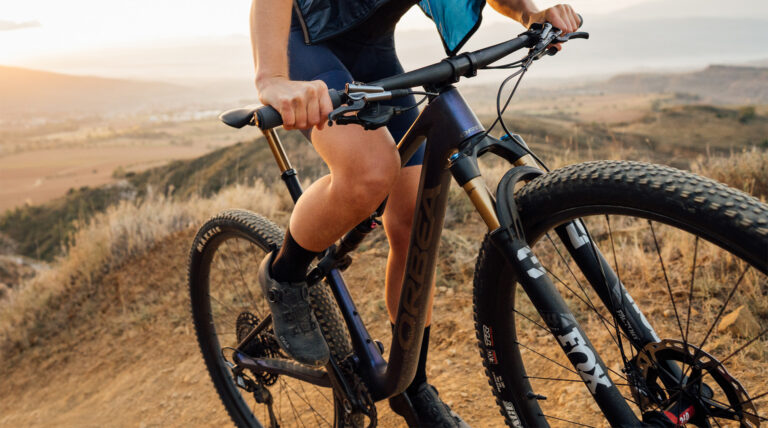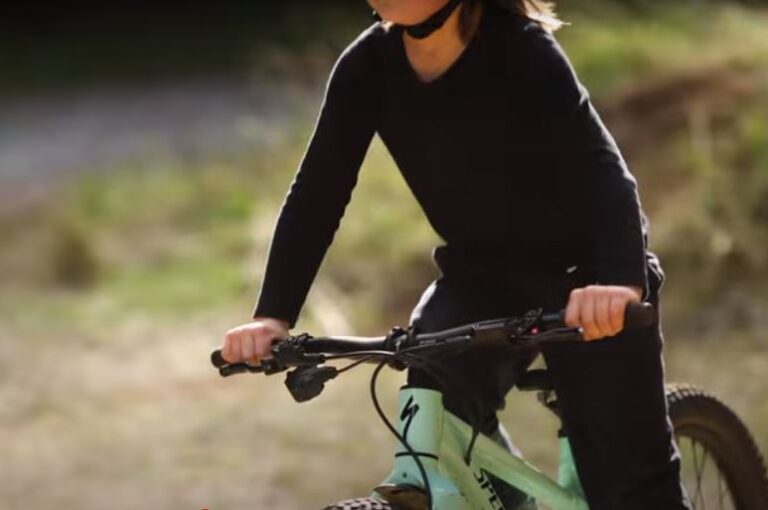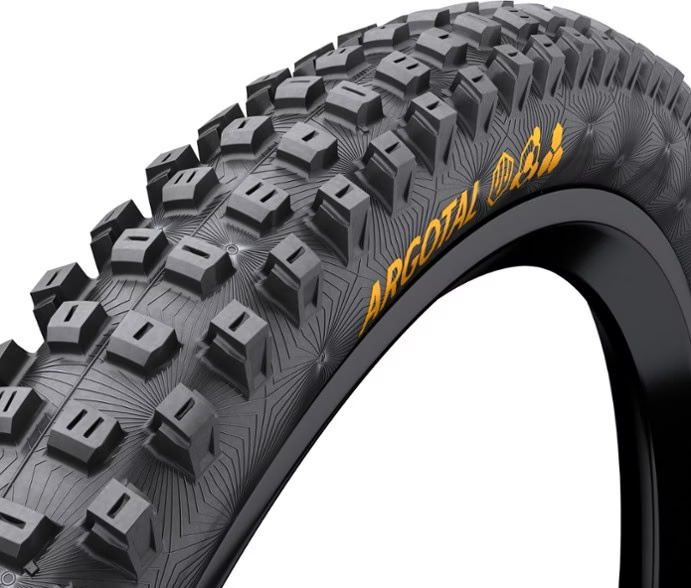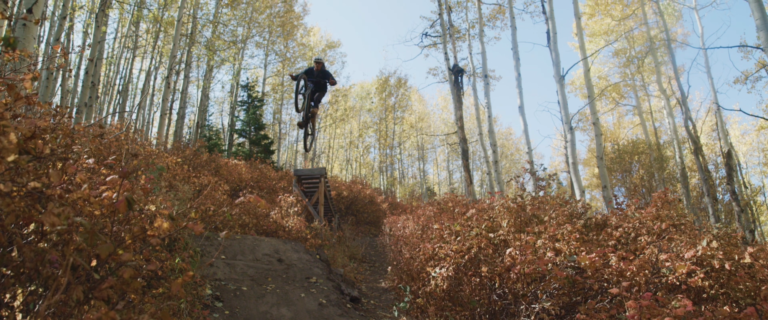Mastering the Trails: Understanding Suspension Systems in XC Bikes
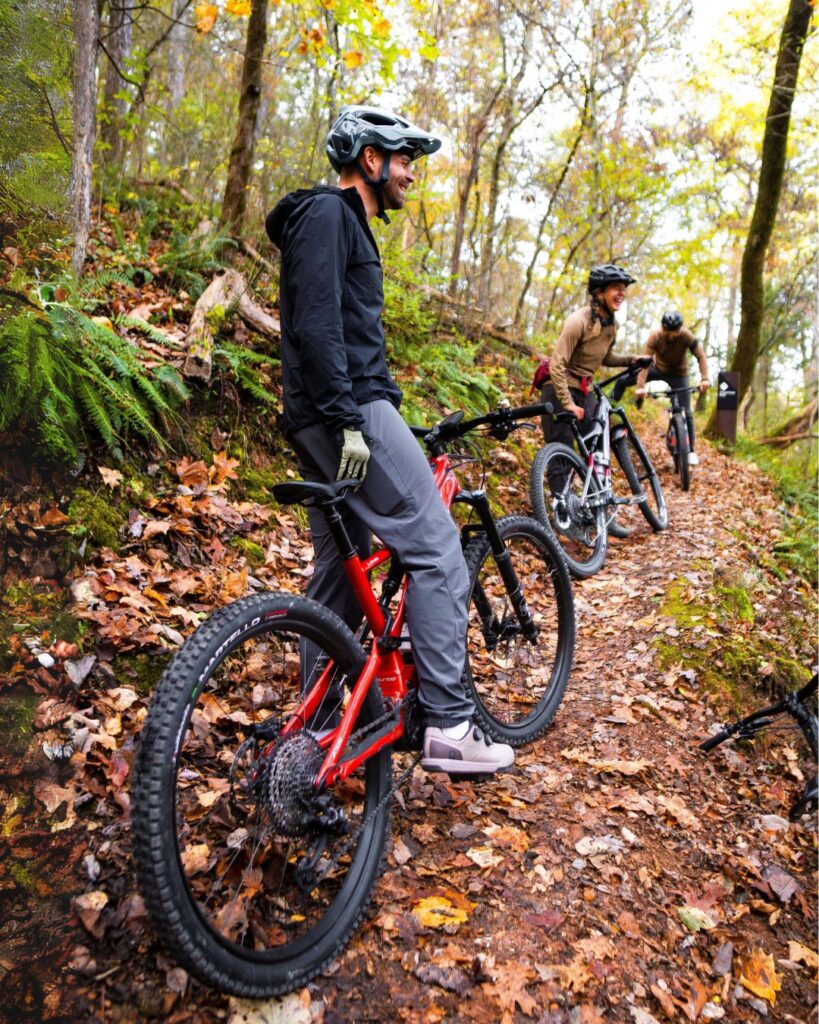
Key Point Summary of Understanding Suspension Systems in XC Bikes:
- Types of Suspension Systems: Exploring the differences between full suspension and hardtail XC bikes.
- Benefits of Full Suspension: Enhanced comfort, better traction, and improved control on technical terrain.
- Advantages of Hardtails: Greater efficiency, lighter weight, and simplicity in maintenance.
- Shock Absorption Mechanisms: How suspension forks and rear shocks absorb impacts and improve ride quality.
- Choosing the Right Suspension for Your Riding Style: Factors to consider based on your preferred trails, performance goals, and budget.
Navigating the world of XC biking, with its myriad of trails, terrains, and challenges, I’ve come to appreciate the critical role of suspension systems in enhancing the ride experience. As a masters cyclist with a diverse background in mountain biking, gravel grinding, and cyclocross, understanding the nuances of suspension technology has been pivotal in both racing and leisure riding. This article aims to demystify suspension systems in XC bikes, guiding you through the choices and helping you make an informed decision tailored to your cycling adventures.
Understanding Suspension Systems in XC Bikes
Types of Suspension Systems
XC bikes typically come in two main configurations: full suspension and hardtail. Full suspension bikes feature both front and rear shocks, offering comprehensive shock absorption. In contrast, hardtails possess a front suspension fork but no rear shock, resulting in a simpler, often lighter frame.
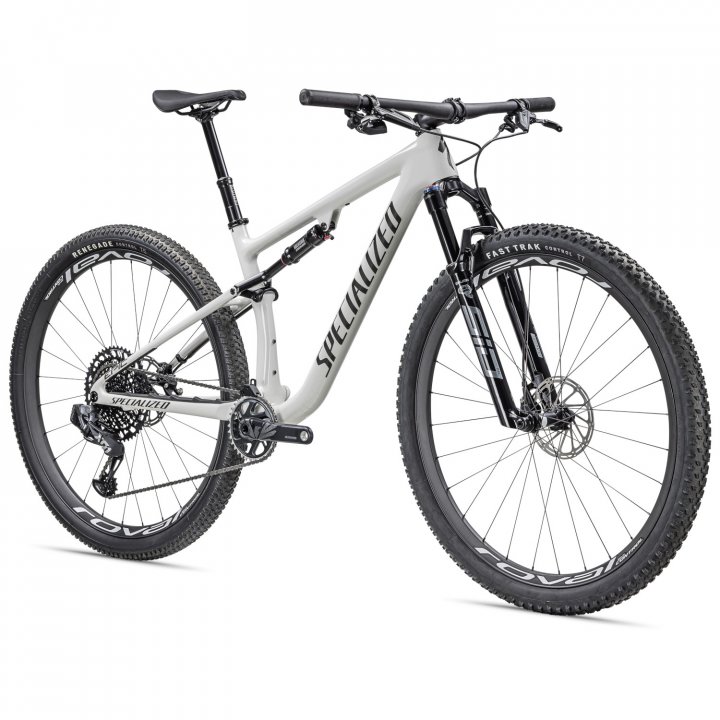
Benefits of Full Suspension
For riders tackling more technical, rocky, or uneven terrain, full-suspension bikes provide significant advantages. They offer increased comfort, better traction, and superior control, allowing for a more forgiving ride on challenging trails. The rear shock absorber works to smooth out bumps, maintaining rear wheel traction and improving overall bike handling.
Advantages of Hardtails
Hardtail XC bikes are not only about tradition but also about efficiency and precision. Their lighter weight and the absence of rear suspension make them more responsive and efficient on climbs and smooth trails. Maintenance tends to be easier and less costly, appealing to riders who value simplicity and performance.
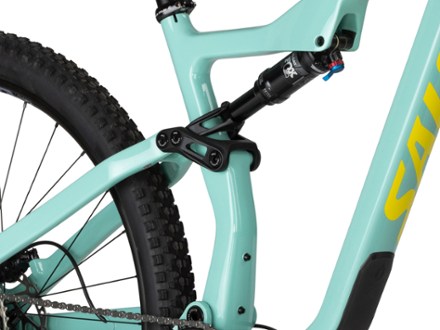
Shock Absorption Mechanisms
Suspension forks and rear shocks play a pivotal role in an XC bike’s ability to navigate rough terrain. By understanding the basic mechanics—such as air vs. coil springs, damping controls, and adjustability options—riders can better tailor their bikes to specific trail conditions and personal preferences.
Choosing the Right Suspension for Your Riding Style
The choice between a full suspension and hardtail XC bike should be influenced by the type of terrain you most frequently ride, your performance goals, and, of course, budget considerations. While full suspension models offer undeniable benefits for technical trails, hardtails can excel in speed, efficiency, and simplicity for those who ride less demanding paths.
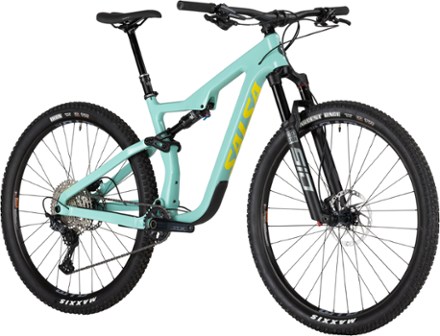
Wrapping Up
The decision to choose a full suspension or hardtail XC bike is not merely a matter of preference but a reflection of your riding style, terrain, and what you value most in your cycling experience. With advancements in technology, the gap between the two types in terms of weight and efficiency is narrowing, making it an exciting time to explore what the world of XC biking has to offer.
Whether you lean towards the plush comfort of a full suspension setup or the straightforward efficiency of a hardtail, understanding the fundamentals of suspension systems will empower you to make a choice that elevates your ride and brings you closer to your cycling aspirations.

I can highlight some of the top cross-country bikes known for their performance, innovation, and design. These bikes stood out in the XC category for their efficiency, lightweight construction, and advanced suspension systems, catering to both competitive racers and enthusiasts seeking high-performance machines for their off-road adventures. Here’s a look at five standout models:
- Specialized S-Works Epic: The Specialized S-Works Epic continued to set the standard for XC race bikes since 2022, featuring an ultra-lightweight carbon frame, innovative Brain suspension technology for efficient power transfer, and geometry optimized for speed and handling.
- Scott Spark RC 900 World Cup: The Scott Spark RC 900 World Cup is known for its cutting-edge integration, including a redesigned suspension setup that offers improved shock absorption and stiffness. Its lightweight frame and race-oriented geometry make it a favorite among competitive XC riders. Check out this tremendous review from GuyKes TV.
- Canyon Lux CF SLX 9.0: The Canyon Lux CF SLX 9.0 is celebrated for its exceptional blend of lightness, stiffness, and comfort. With a full carbon frame, efficient full suspension system, and precise handling, it’s designed for top-tier XC performance.
- Trek Supercaliber 9.9 XX1: The Trek Supercaliber 9.9 XX1 stands out with its unique IsoStrut integrated suspension system, providing just enough travel to tackle XC terrain while maintaining a hardtail-like efficiency. It’s a race-ready machine that’s both lightweight and robust.
- Giant Anthem Advanced Pro 29 0: The Giant Anthem Advanced Pro 29 0 is built for speed and agility, featuring an Advanced-Grade Composite frame, Maestro rear suspension for smooth performance on XC trails, and 29-inch wheels for rolling efficiency over obstacles.
Each of these bikes represents the pinnacle of XC design, offering a mix of lightweight construction, advanced suspension, and race-ready geometry tailored for the demands of modern cross-country racing and riding.
FAQ
Is full suspension good for XC?
Yes, full suspension is good for XC as it offers better traction, control, and comfort on technical terrains, making it ideal for challenging cross-country courses.
Why hardtails are better than full suspension?
Hardtails are considered better than full suspension for certain scenarios due to their lighter weight, increased efficiency on climbs and smooth trails, and simpler maintenance.
What is FSR suspension?
FSR (Future Shock Rear) suspension is a patented design by Specialized, known for its fully independent suspension system that provides smooth and efficient shock absorption without compromising pedal efficiency.
Is fast or slow rebound better for MTB?
The choice between fast or slow rebound depends on the terrain and riding style. Fast rebounds are better for smoother trails where quick suspension response is beneficial, while slow rebounds suit rough, technical terrains where more control over the bike is needed to manage larger bumps and obstacles.
